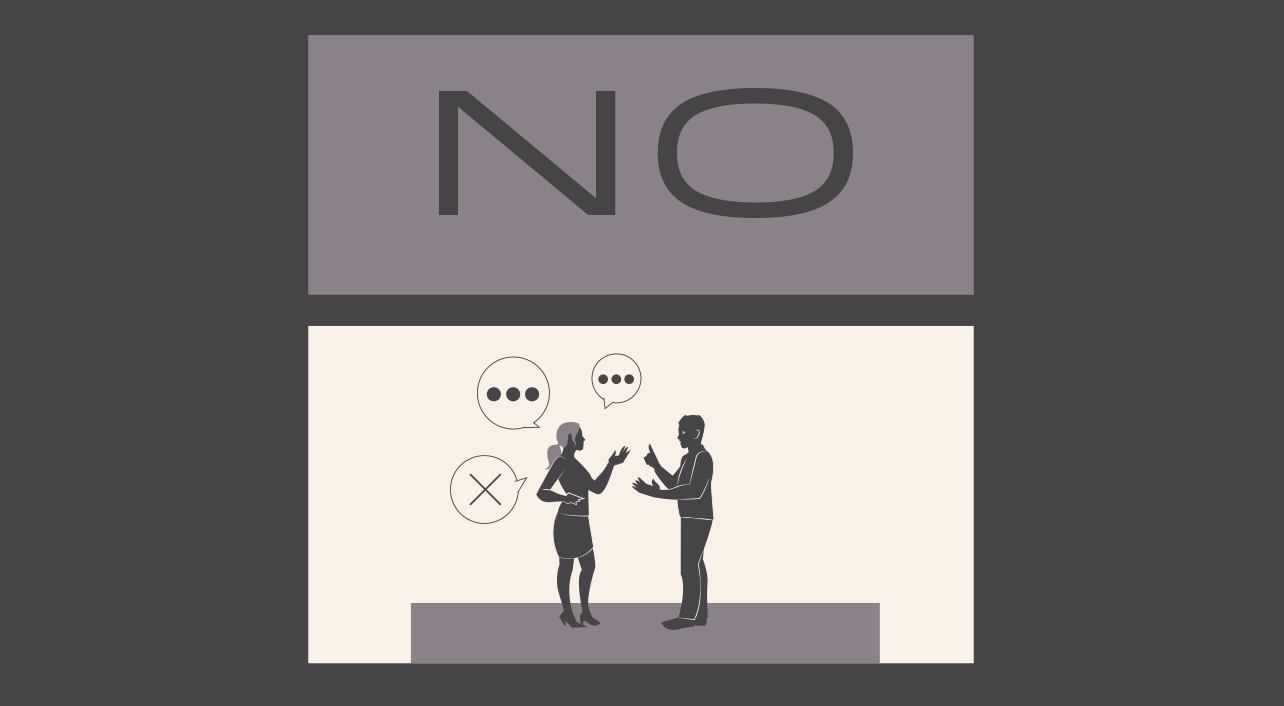- sales
- Blog post
When to say ‘no’ to customers who ask for more information
The prospect says, “To make this decision I need more information about the optimum throughput rate on this unit. And comparative data about running times.”
The salesperson — Carol — replies. “I can see how you might think that. But we’ve reviewed those inputs in previous meetings and agreed we meet your requirements. Sending you 50 pages of data will only complicate your decision.”
What? Is Carol crazy? Her prospect is making a perfectly reasonable request, and she’s saying no. Is that any way to win a sale? Well, yes, actually, according to authoritative research on the B2B sales process from the advisory firm Gartner Inc.
The thing is, salespeople tend to assume that providing customers with more information makes it easier for them to buy from you. But that’s often not the case, the Gartner study concludes.
Making it easier, not harder
Gartner interviewed 600 B2B buyers and came away with a counterintuitive insight: Salespeople who are highly responsive – providing all requested information to buyers – actually make it harder for them to buy. And not just a little harder; 18 percent harder.
Why? For one thing, there’s been an explosion in the amount of information available, especially online. But Gartner also found that the average number of people involved in B2B purchases has grown by 26 percent. More opinions, more disagreements, and more requests for information often lead to analysis paralysis. That can stall or block decisions.
So, what’s a salesperson to do? How can you make it easier, not harder, for prospects to buy from you?
The answer is to be a leader, not a follower. What buyers really want is for you to lead them to a solution. They may think they want you to respond to every request. But when you do that, you’re following, not leading.
Effective sellers are “prescriptive.” Like a patient seeing a doctor, buyers need a trusted adviser telling them what’s best. You’ve assessed their needs through deep discovery, and you know exactly how your products or services can meet them. Your expertise should give you the confidence to say “no” if buyers insist on something that’s wrong for them.
A 3-stage journey
So how do you go about making it easier for prospects to buy throughout the sales process? Gartner recommends conceptualizing your customers’ buying cycle as a three-stage journey. Each stage presents specific buying challenges you can help with:
- In the Early Stage, customers are flooded with information and have trouble distinguishing what’s important from what’s not. Your task: Help them winnow down all this info, not compound the problem by adding more. That’s what we saw Carol doing in our opening scenario.
- In the Middle Stage, customers are slowed by organizational hurdles, like stakeholders with contrasting priorities. Learn about these stakeholders. What do they care about? What objections will they raise? Then, coach your contact on how to address these concerns. If, for example, the CFO is likely to say, “This will add $100k to our costs this year,” suggest a simple, direct comeback such as, “But it will allow us to manufacture $200k in additional product.”
- In the Late Stage, buyers consider options such as financing, delivery, training and maintenance contracts. But too much choice can be daunting. Your task: Simplify the decision by prescribing the best fit based on your experience with other clients. If you suggest a plan that’s great for your sale value but not best for your customer, you undermine trust and jeopardize the relationship.
This blog entry is adapted from the Rapid Learning module “Analysis Paralysis: Why It Kills Deals and How to Prevent It.” If you’re a Rapid Learning customer, you can watch the video here. If you’re not, but would like to see this video (or any of our other programs), request a demo and we’ll get you access.
The blog post and Rapid Learning video module are based on the following article: Toman, N., et al. The New Sales Imperative. Harvard Business Review, March-April 2017.

Get a demo of all our training features
Connect with an expert for a one-on-one demonstration of how BTS Total Access can help develop your team.



